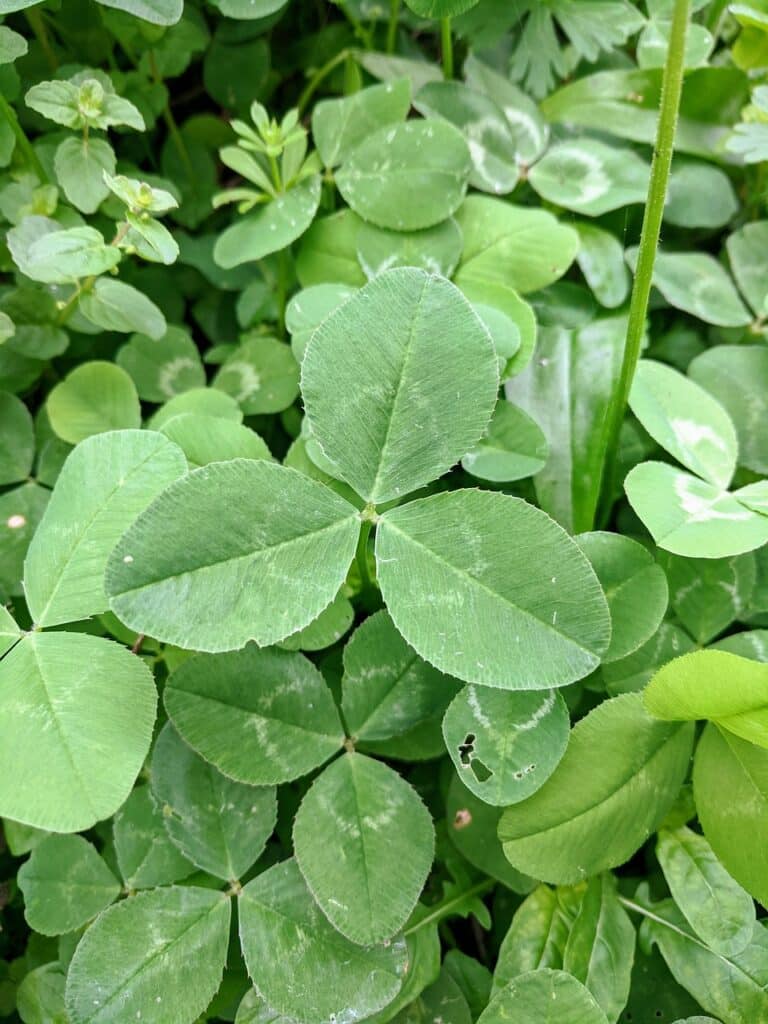No products in the cart.
Fun Facts
Cultivating Success: The Essential Guide to Food Plots for Hunting

 Cultivating Success: The Essential Guide to Food Plots for Hunting
Cultivating Success: The Essential Guide to Food Plots for Hunting
In the world of hunting, where wilderness teems with life and instincts rule, a food plot stands as a symbol of strategy, foresight, and intimate knowledge of nature’s ways. A food plot is no mere garden; it’s a cultivated attraction that can draw wildlife into specific areas, making hunting more fruitful and controlled.
Food plots are more than just patches of soil tilled and sown with seeds. They’re ecosystems within ecosystems, carefully crafted to provide sustenance and shelter to game animals. Their creation involves a complex intertwining of soil, plant life, and animal behavior.
The Soil’s Symphony
A melody of minerals and organic matter, soil composition plays a pivotal role in the success of food plots. Testing soil for pH balance, nitrogen, phosphorus, and potassium unveils the soil’s characteristics, guiding the selection of plants that thrive in those specific conditions.
The Selection of Seeds
Choosing the right seed mixture requires an understanding of the region’s climate, soil type, and the target game species. Planting turnips, clover, or wheat might lure deer, while turkeys might be drawn to corn or sunflowers. Native plants often thrive best, creating a plot that looks, feels, and tastes authentic to the wildlife.
Location, Location, Location
Location shapes the hunting ground. A food plot nestled near a water source, in proximity to cover, or along known wildlife paths becomes a nexus of activity. The size and shape of the plot can affect visibility for hunting and provide various escape routes for the animals, crafting an ethical hunting environment.
Seasons of Growth
Seasonality is a dance with nature’s rhythm. Planting in sync with the changing weather ensures robust growth. Cool-season plots may feature clover, chicory, or oats, providing late fall and winter forage. Warm-season plots can bloom with soybeans or corn, offering sustenance through spring and summer.
Harmony with Wildlife
Monitoring wildlife reactions to the food plot, through cameras or observation, helps refine strategies. The success lies in the plot’s ability to sustain and attract animals without altering their natural behaviors too drastically.
Ethical Considerations
The creation of food plots, while serving hunters, should be managed with an eye towards conservation. Sustainability, ethical hunting practices, and a deep respect for the natural world should underscore every decision.



